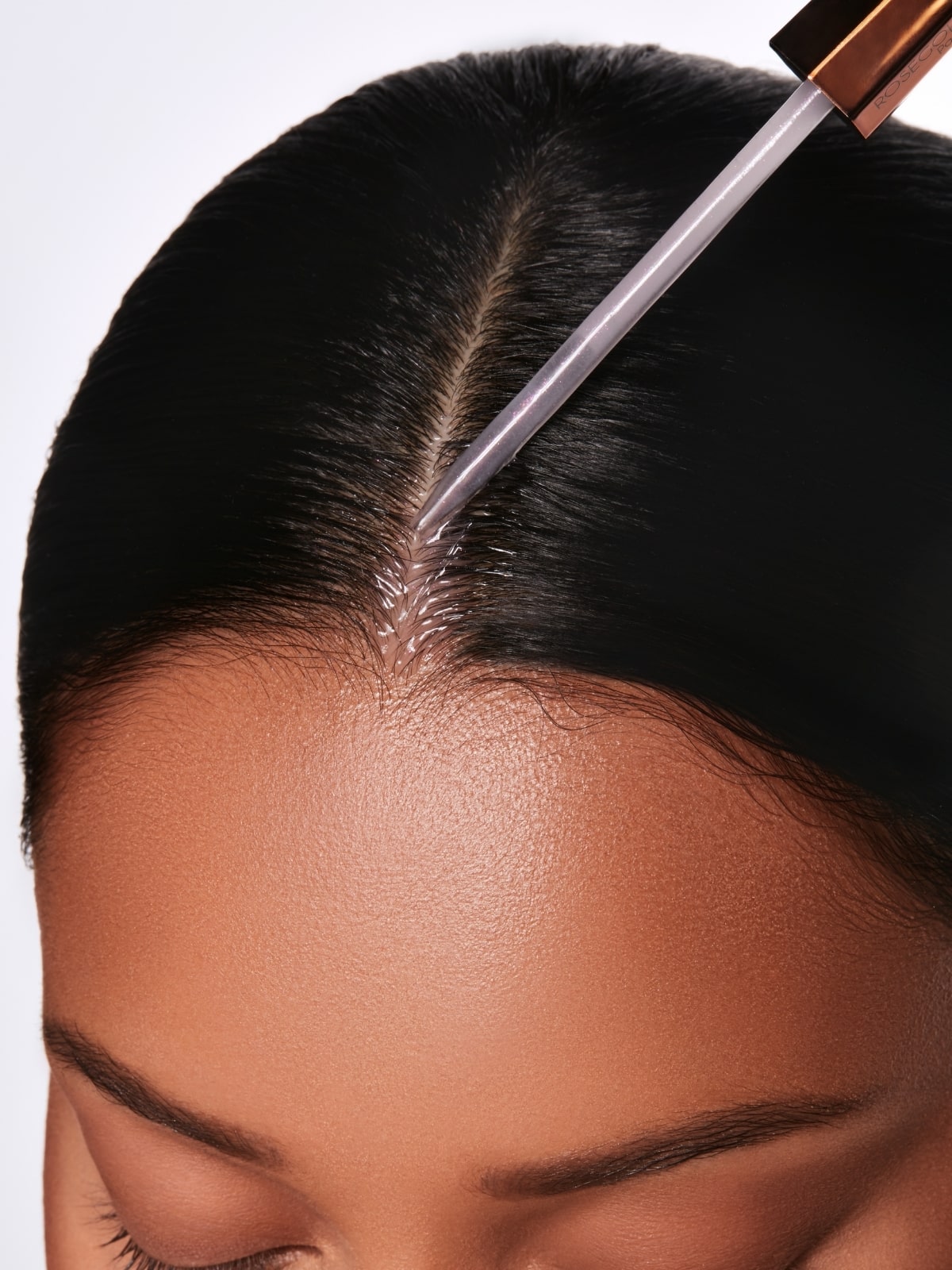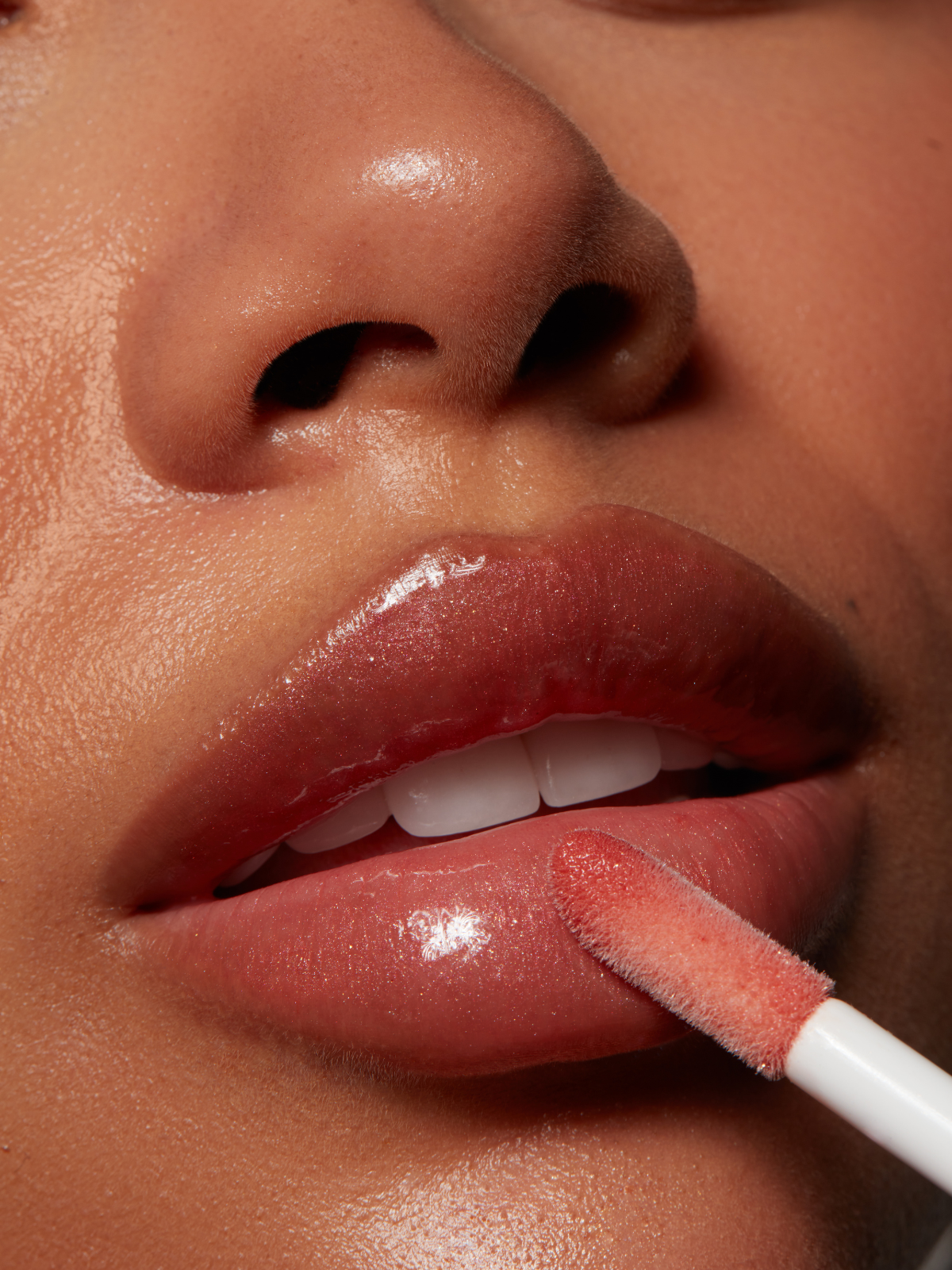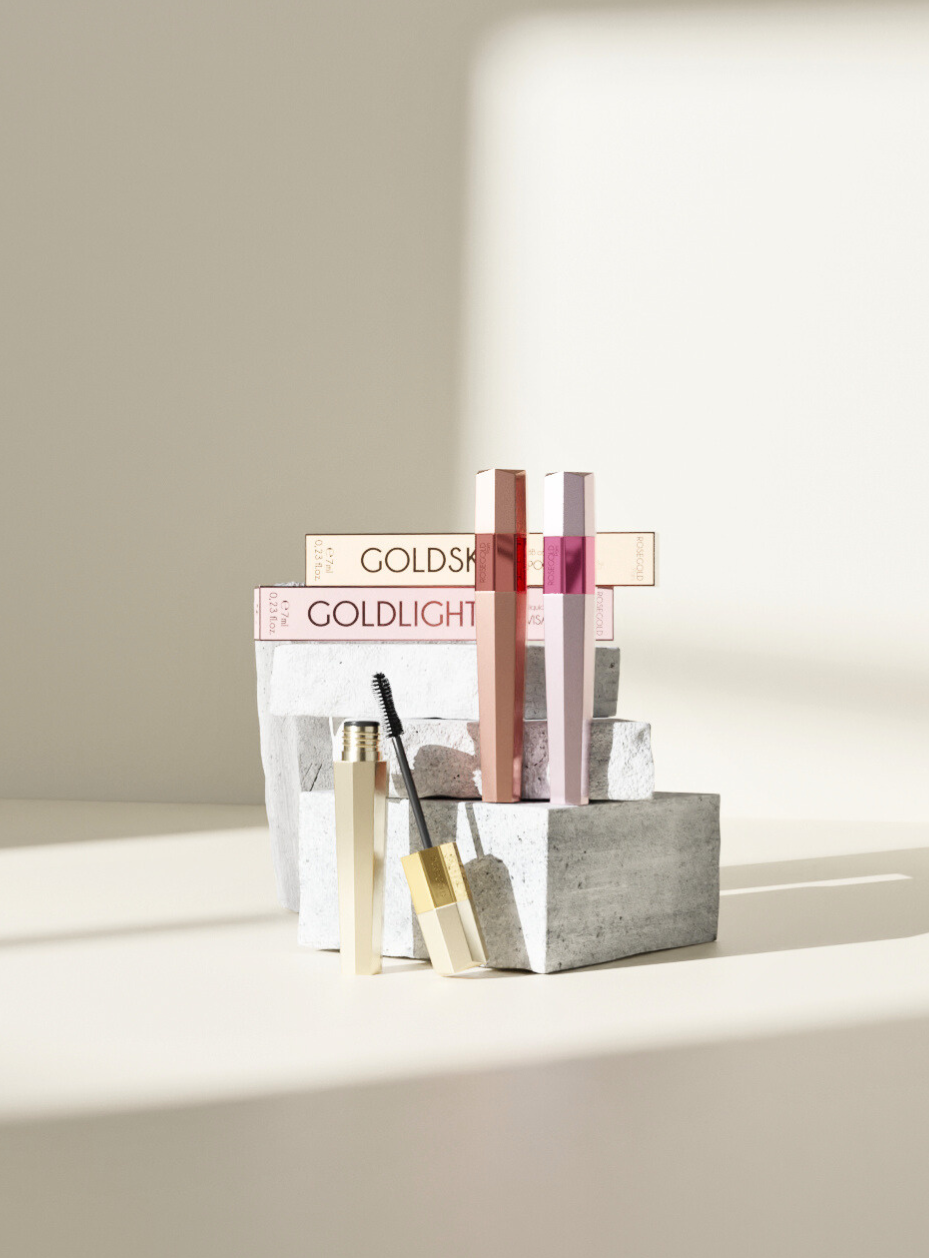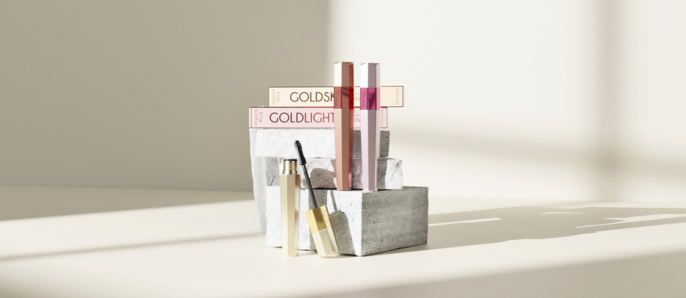How to define your hair type?
How to define your hair type?
Coralie Techer

Hair is classified into different categories that require special care. How do you define your hair type? Let's take stock.
Just like there are different skin types, there are different hair types classified according to their texture, shape and other specific characteristics that help establish a precise course of action to adopt the right hair routine and promise them good health.
Discover our hair serum
Different hair types and their characteristics
Straight Hair : Straight hair is straight and has no curls or waves, it falls like a curtain over the shoulders.
Wavy hair : Wavy hair has an intermediate texture between straight hair and curly hair. Wavy hair forms soft waves and can be more or less pronounced depending on the person.
Curly Hair : Curly hair has large, defined curls, spiral-shaped or tight but soft curls, all depending on the initial structure of the hair.
Curly Hair : Curly hair has very tight, coiled curls, creating a fuller, more voluminous texture.

Kinky Hair or Afro Hair : Kinky hair is extremely curly, often in a Z shape, and tends to be very dense and tight. It can vary in curl size and shape.
In addition to these hair types based on their shape, hair can also be classified based on their thickness:
Fine Hair : Fine hair has a smaller diameter and tends to be more delicate.
Medium Hair : Medium hair is neither too fine nor too thick in diameter.
Thick Hair : Thick hair has a larger diameter and is more robust.
Finally, hair can be classified according to its level of porosity:
Low Porosity Hair : Low porosity hair has tight cuticles and resists moisture absorption.
Medium Porosity Hair : Medium porosity hair has a balanced moisture absorption capacity.
High Porosity Hair : High porosity hair has more open cuticles, making it more likely to absorb moisture, but also lose it quickly.
Understanding your hair type is essential as it will help you choose the most suitable hair products and treatments for your specific needs. Each hair type has unique characteristics and requires a different approach to best care for and style it.
Discover our hair serum
How to determine your hair type yourself?
Determining your hair type yourself can be really helpful in choosing the right products and treatments for your specific needs. Here's how you can do it yourself to identify your hair shape, thickness, and porosity and create the best hair care routine for you:
1. Determine your hair shape (straight, wavy, curly or frizzy):
This is probably what we define from the start, the shape of the hair we perceive it from childhood but it can happen that we have hidden it for so long that we no longer really know how to define it.
To determine or regain the shape of your hair, follow these steps:
° Wash and condition your hair as usual.
° Let your hair dry naturally without styling or using styling products.
° Observe the natural shape of your hair after it dries. If your hair is perfectly straight, you have straight hair. If it has soft waves, you have wavy hair. Defined curls indicate curly hair, and very tight or Z-shaped curls definitely indicate frizzy hair.

2. Determine the thickness of your hair (fine, medium, thick):
To assess the thickness of your hair, you can:
° Take a single strand of clean, dry hair between your fingers and feel its texture.
° If the strand of hair is barely noticeable or difficult to feel between your fingers, you have fine hair.
° If you can feel the strand of hair between your fingers, but it doesn't feel thick or thin, you have medium hair.
° If the strand of hair is noticeably thick and easy to feel between your fingers, you have thick hair.
3. Determine the porosity of your hair (low, medium, high):
Hair porosity refers to its ability to absorb and retain moisture. Here's how to determine your hair's porosity:
° Take a clean, dry lock of hair.
° Observe the hair strand to identify if there are any small cracks or pores visible on the cuticle (the outer layer of the hair).
° If the cuticle appears smooth and closed, you have low porosity hair. If it appears slightly open, you have medium porosity hair. If it appears very open, you have high porosity hair.
Discover our hair serum

Oily hair, dry hair or normal hair?
To determine your hair type (oily, dry or normal), you can take into account some specific signs and characteristics. Here are some indications to identify your hair type:
Oily hair:
Oily hair tends to get greasy quickly after washing, often within a day or less. You may notice a greasy or oily appearance on the scalp, roots, and sometimes even the lengths. Oily hair can feel heavy, flat, and lacking in volume. You may also experience an itchy scalp or oily dandruff.
Dry hair:
Dry hair looks dull, rough and brittle. You may experience frizz and flyaways that are difficult to manage. Dry hair tends to lack moisture and can be prone to split ends. It needs extra moisturizing care ( hair serum , masks, conditioner) to maintain its shine and softness.
Normal hair:
Normal hair has a healthy, balanced appearance. It is neither too oily nor too dry and is relatively easy to style. You can usually wait a few days before washing it again without it becoming oily or too dry.
If you're having trouble determining your exact hair type, try following these steps:
1 - Wash your hair with a mild, sulfate-free shampoo to remove any buildup of hair products or sebum.
2 - Let your hair dry naturally without styling or using styling products.
3 - Observe carefully the appearance of your hair after it has dried. If you notice signs of oiliness, dryness or if your hair appears healthy and balanced, you will be able to identify your hair type.
Keep in mind that hair type can vary depending on different factors such as season, climate, use of hair products and overall health. If you have persistent concerns about your hair or are unsure about your hair type, do not hesitate to consult a hair professional or dermatologist for personalized advice.








